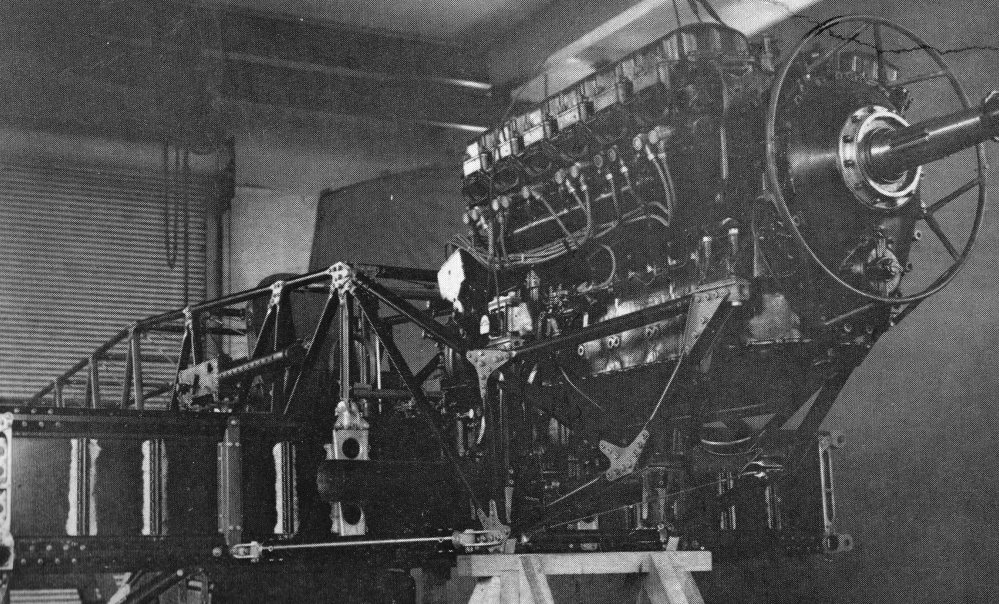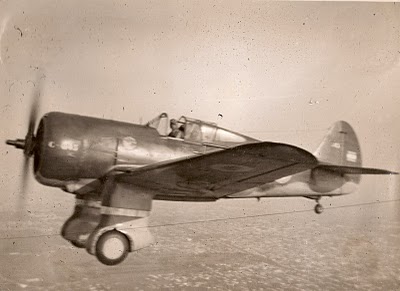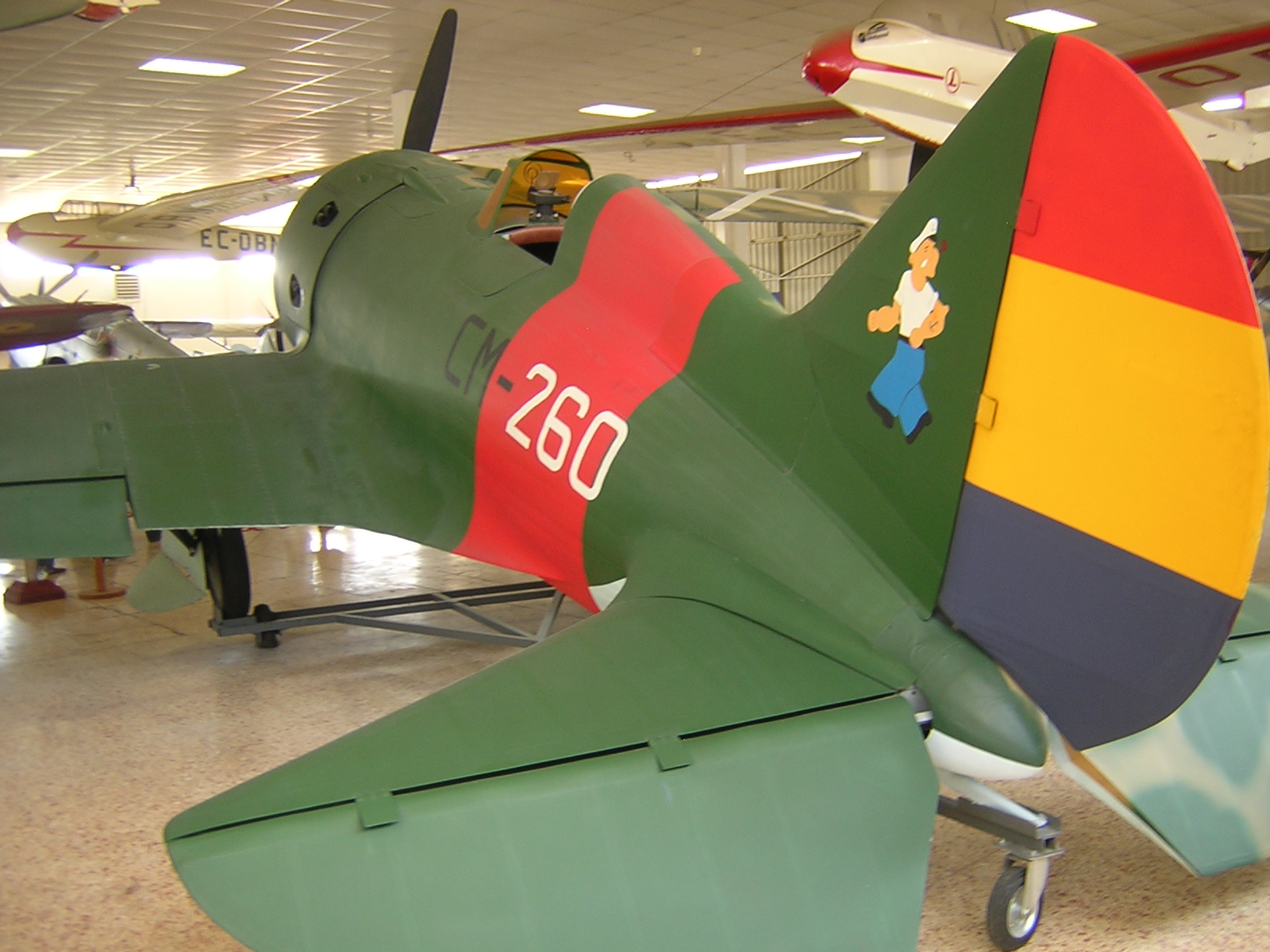|
Günther Scholz
Günther Scholz (8 December 1911 – 24 October 2014) was a German Luftwaffe military aviation, military aviator and wing commander (rank), wing commander during World War II, and was the last surviving member of the Condor Legion during the Spanish Civil War. He later participated in the Battle of Britain and commanded Jagdgeschwader 5, ''Jagdgeschwader'' 5 (JG 5—5th Fighter Wing) during World War II. He had accumulated at least 33 "kills" during his time of service. His memoirs are documented in the book ''In the Skies over Europe''. Career On 1 September 1943, Scholz was promoted to ''Geschwaderkommodore'' (Wing Commander) of JG 5 thus succeeding ''Oberstleutnant'' Gotthard Handrick. Scholz's previous position of ''Gruppenkommandeur'' (Group Commander) of III. ''Gruppe'' of JG 5 was backfilled by ''Hauptmann'' (captain) Heinrich Ehrler. On 1 August 1944, Scholz was given the position of ''Jagdfliegerführer Norwegen''. In consequence of this decision, ''Major'' ... [...More Info...] [...Related Items...] OR: [Wikipedia] [Google] [Baidu] |
Condor Legion
The Condor Legion () was a unit of military personnel from the air force and army of Nazi Germany’s Wehrmacht which served with the Nationalist faction during the Spanish Civil War. The legion developed methods of strategic bombing that were used widely during the Second World War. The bombing of Guernica was the Condor Legion's most infamous operation. Hugo Sperrle commanded the unit's aircraft formations, and Wilhelm Ritter von Thoma commanded the ground element. Military aid to Spain After the 17 July 1936 military coup in Spain began the Spanish Civil War, the Nationalists requested support from Nazi Germany and Fascist Italy. The first request for German aircraft was made on 22 July, for 10 transport aircraft. Adolf Hitler decided to support the Nationalists on 25 or 26 July, but was wary of provoking a wider European war. The Reich Air Travel Ministry concluded that Nationalist forces would need at least 20 Junkers Ju 52s, flown by Luft Hansa pilots, to carry ... [...More Info...] [...Related Items...] OR: [Wikipedia] [Google] [Baidu] |
German Federal Archives
The German Federal Archives or Bundesarchiv (BArch) (, lit. "Federal Archive") are the national archives of Germany. They were established at the current location in Koblenz in 1952. They are subordinated to the Federal Commissioner for Culture and the Media (Claudia Roth since 2021) under the German Chancellery, and before 1998, to the Federal Ministry of the Interior (Germany), Federal Ministry of the Interior. On 6 December 2008, the Archives donated 100,000 photos to the public, by making them accessible via Wikimedia Commons. History The federal archive for institutions and authorities in Germany, the first precursor to the present-day Federal Archives, was established in Potsdam, Brandenburg in 1919, a later date than in other European countries. This national archive documented German government dating from the founding of the North German Confederation in 1867. It also included material from the older German Confederation and the Imperial Chamber Court. The oldest docum ... [...More Info...] [...Related Items...] OR: [Wikipedia] [Google] [Baidu] |
Tupolev SB
The Tupolev ANT-40, also known by its service name Tupolev SB ( – ''Skorostnoi Bombardirovschik'' – high speed bomber) and development co-name TsAGI-40, was a high speed twin-engined three-seat monoplane bomber, first flown in 1934. The Tupolev design was advanced but lacked refinement, much to the dismay of crews, maintenance personnel, and Stalin, who pointed out that "there are no trivialities in aviation". Numerically the most important bomber in the world in the late 1930s, the SB was the first modern stressed skin aircraft produced in quantity in the Soviet Union and probably the most formidable bomber of the mid-1930s. It was produced in the Soviet Union and was also built under license in Czechoslovakia. Many versions saw extensive action in Spain, the Republic of China, Mongolia, Finland and at the beginning of World War II against Germany in 1941. It was also used in various duties in civil variants, as trainers and in many secondary roles. Successful in the Spanis ... [...More Info...] [...Related Items...] OR: [Wikipedia] [Google] [Baidu] |
Hawker Hurricane
The Hawker Hurricane is a British single-seat fighter aircraft of the 1930s–40s which was designed and predominantly built by Hawker Aircraft Ltd. for service with the Royal Air Force (RAF). It was overshadowed in the public consciousness by the Supermarine Spitfire during the Battle of Britain in 1940, but the Hurricane inflicted 60% of the losses sustained by the ''Luftwaffe'' in the campaign, and fought in all the major theatres of the Second World War. The Hurricane originated from discussions between RAF officials and aircraft designer Sir Sydney Camm about a proposed monoplane derivative of the Hawker Fury biplane in the early 1930s. Despite an institutional preference for biplanes and lack of interest by the Air Ministry, Hawker refined its monoplane proposal, incorporating several innovations which became critical to wartime fighter aircraft, including retractable landing gear and the more powerful Rolls-Royce Merlin engine. The Air Ministry ordered Hawker's ''Interce ... [...More Info...] [...Related Items...] OR: [Wikipedia] [Google] [Baidu] |
Folkestone
Folkestone ( ) is a coastal town on the English Channel, in Kent, south-east England. The town lies on the southern edge of the North Downs at a valley between two cliffs. It was an important harbour, shipping port, and fashionable coastal resort for most of the 19th and mid-20th centuries. This location has had a settlement since the Mesolithic era. A nunnery was founded by Eanswith, granddaughter of Æthelberht of Kent in the 7th century, who is still commemorated as part of the town's culture. During the 13th century, it developed into a seaport, and the harbour developed during the early 19th century to defend against a French invasion. Folkestone expanded further west after the arrival of the railway in 1843 as an elegant coastal resort, thanks to the investment of the Earl of Radnor under the urban plan of Decimus Burton. In its Edwardian-era heyday, Folkestone was considered the most fashionable resort of the time, visited by royalty — amongst them Queen Victoria and ... [...More Info...] [...Related Items...] OR: [Wikipedia] [Google] [Baidu] |
Supermarine Spitfire
The Supermarine Spitfire is a British single-seat fighter aircraft that was used by the Royal Air Force and other Allies of World War II, Allied countries before, during, and after World War II. It was the only British fighter produced continuously throughout the war. The Spitfire remains popular among enthusiasts. Around List of surviving Supermarine Spitfires, 70 remain airworthy, and many more are static exhibits in aviation museums throughout the world. The Spitfire was a short-range, high-performance interceptor aircraft designed by R. J. Mitchell, chief designer at Supermarine Aviation Works, which operated as a subsidiary of Vickers-Armstrong from 1928. Mitchell modified the Spitfire's distinctive elliptical wing (designed by Beverley Shenstone) with innovative sunken rivets to have the thinnest possible cross-section, achieving a potential top speed greater than that of several contemporary fighter aircraft, including the Hawker Hurricane. Mitchell continued to refine ... [...More Info...] [...Related Items...] OR: [Wikipedia] [Google] [Baidu] |
Morane-Saulnier M
The Morane-Saulnier H was an early aircraft first flown in France in the months immediately preceding the First World War; it was a single-seat derivative of the successful Morane-Saulnier G with a slightly reduced wingspanTaylor 1989, p.648"The Illustrated Encyclopedia of Aircraft", p.2539 Like the Type G, it was a successful sporting and racing aircraft: examples serving with the French army were used in the opening phases of the war. German versions, the Fokker Eindecker fighters, were armed with forward-firing machine guns and became the first single-seat fighter aircraft so armed. Service use During the second international aero meet, held at Wiener Neustadt in June 1913, Roland Garros won the precision landing prize in a Type H.Hartmann 2001, p. 11 Later that same year, a Morane-Saulnier H was used to complete the first non-stop flight across the Mediterranean, from Fréjus in the south of France to Bizerte in Tunisia. The French Army ordered a batch of 26 aircraft ... [...More Info...] [...Related Items...] OR: [Wikipedia] [Google] [Baidu] |
Douai
Douai ( , , ; ; ; formerly spelled Douay or Doway in English) is a city in the Nord (French department), Nord département in northern France. It is a Subprefectures in France, sub-prefecture of the department. Located on the river Scarpe (river), Scarpe some from Lille and from Arras, Douai is home to one of the region's most impressive belfry (architecture), belfries. History Its site probably corresponds to that of a 4th-century Roman fortress known as Duacum. From the 10th century, the town was a Romance languages, romance fiefdom of the Count of Flanders, counts of County of Flanders, Flanders. The town became a flourishing textile market centre during the Middle Ages, historically known as Douay or Doway in English. In 1384, the county of Flanders passed into the domains of the Dukes of Burgundy and thence in 1477 into Habsburg possessions. In 1667, Douai was taken by the troops of Louis XIV of France, and by the 1668 Treaty of Aix-la-Chapelle (1668), Treaty of Aix-la-C ... [...More Info...] [...Related Items...] OR: [Wikipedia] [Google] [Baidu] |
Lens, Pas-de-Calais
Lens (; ) is a city in the Pas-de-Calais department in northern France. It is one of the main towns of Hauts-de-France along with Lille, Valenciennes, Amiens, Roubaix, Tourcoing, Arras and Douai. The inhabitants are called ''Lensois'' (). Metropolitan area Lens belongs to the intercommunality of Lens-Liévin, which consists of 36 communes, with a total population of 242,000. Lens, along with Douai and 65 other communes, forms the agglomeration ('' unité urbaine'') of Douai-Lens, whose population as of 2018 was 504,281.Comparateur de territoire INSEE, retrieved 20 June 2022. History Lens was initially a fortification from the Norman invasions. In 1180, it was owned by the |
Leuven
Leuven (, , ), also called Louvain (, , ), is the capital and largest City status in Belgium, city of the Provinces of Belgium, province of Flemish Brabant in the Flemish Region of Belgium. It is located about east of Brussels. The municipality itself comprises the deelgemeente, sub-municipalities of Heverlee, Kessel-Lo, Leuven proper, Wilsele, Wijgmaal and part of Haasrode, Leuven, Haasrode and Korbeek-Lo, Leuven, Korbeek-Lo. It is the eighth largest city in Belgium, with more than 100,244 inhabitants. Leuven has been a university city since 1425. This makes it the oldest university city in the Low Countries. KU Leuven, the largest Dutch-speaking university in the world and the largest university in the Low Countries (and thus also Belgium's largest university), has its flagship campus in Leuven. The city is home of the headquarters of Anheuser-Busch InBev, the world's largest beer brewer and sixth-largest fast-moving consumer goods company. History Middle Ages The earli ... [...More Info...] [...Related Items...] OR: [Wikipedia] [Google] [Baidu] |
Curtiss P-36 Hawk
The Curtiss P-36 Hawk, also known as the Curtiss Hawk Model 75, is an American-designed and built fighter aircraft of the 1930s and 40s. A contemporary of the Hawker Hurricane and Messerschmitt Bf 109, it was one of the first of a new generation of combat aircraft—a sleek monoplane design with a retractable undercarriage making extensive use of metal in its construction. Perhaps best known as the predecessor of the Curtiss P-40 Warhawk, the P-36 saw little combat with the United States Army Air Forces during World War II. It was the fighter used most extensively and successfully by the French Air Force during the Battle of France. The P-36 was also ordered by the governments of the Netherlands and Norway but did not arrive in time to see action before both were occupied by Nazi Germany. The type was also manufactured under license in China, for the Development of Chinese Nationalist air force (1937–1945), Republic of China Air Force, as well as in British India, for the Royal ... [...More Info...] [...Related Items...] OR: [Wikipedia] [Google] [Baidu] |
Polikarpov I-16
The Polikarpov I-16 () is a Soviet single-engine single-seat fighter aircraft of revolutionary design; it is a low-wing cantilever monoplane fighter with retractable landing gear, and the first such aircraft to attain operational status. It "introduced a new vogue in fighter design".Green, William. "Polikarpov's Little Hawk". ''Flying Review'', November 1969. The I-16 was introduced in the mid-1930s and formed the backbone of the Soviet Air Force at the beginning of World War II. The diminutive fighter, nicknamed "''Ishak''" or "''Ishachok''" ("donkey" or "burro") by Soviet pilots, figured prominently in the Second Sino-Japanese War,Liss 1966, p. 10. the Battle of Khalkhin Gol, Winter War and the Spanish Civil War – where it was called the ("rat") by the Nationalists or (" fly") by the Republicans. The Finns called the aircraft "(flying squirrel)". Design and development While working on the Polikarpov I-15 biplane, Nikolai Nikolaevich Polikarpov began desig ... [...More Info...] [...Related Items...] OR: [Wikipedia] [Google] [Baidu] |






